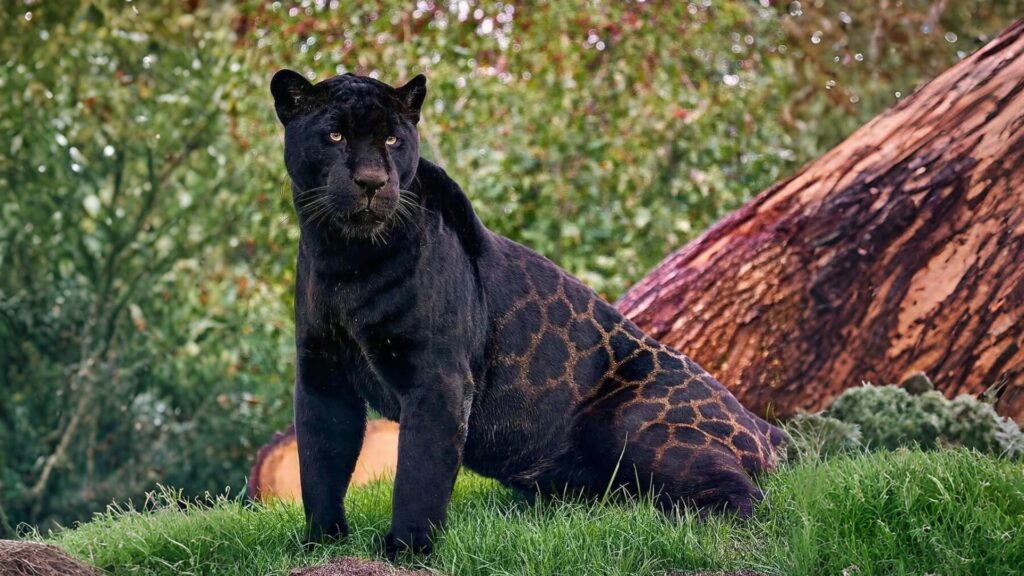
Wild cats perfectly showcase the fierce and graceful side of nature’s wildlife. Among the various species, there are those that exceed and dwarf all others in terms of size and are impressively large. Here’s a rundown of the 10 heaviest wild cats, ranging from the tigress to the adept clouded leopards.
1. Tiger (Panthera tigris)
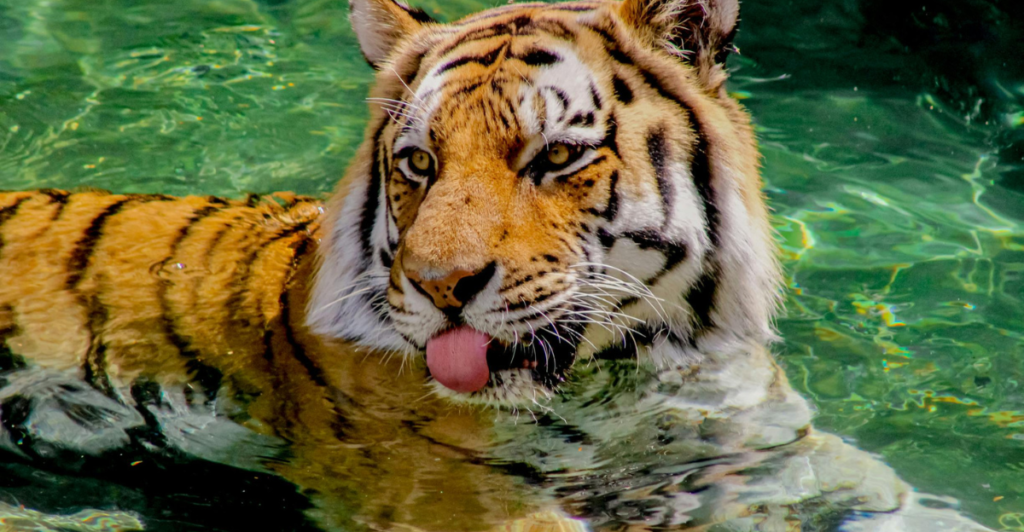
The tiger, in particular the Siberian and Bengal Tigers, takes the crown as the heaviest wild feline. The males of this kind weigh roughly 715 pounds at the maximum. The body length makes it to roughly 90 inches, with the extending tail and an additional 43 inches. These majestic beings are predominantly located within Asia and are on the verge of extinction, with only about 3,000 present in the wilderness. Their exceptional means of hunting in addition to their impressive size and signature striped fur truly sets them apart as remarkable predators.
2. Lion (Panthera leo)
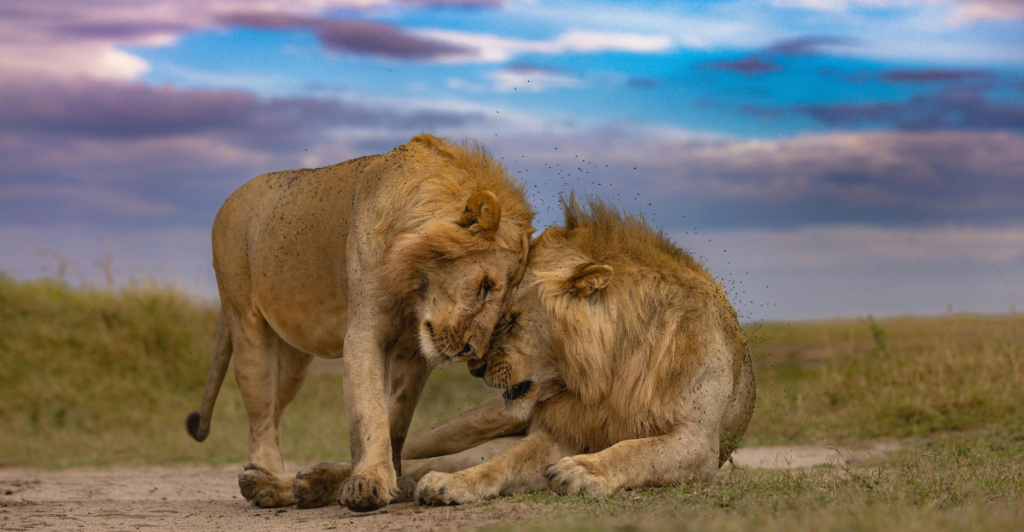
The lion, often considered the “king of the jungle,” is the second-largest wild cat. Males can weigh up to 600 pounds, with some individuals nearing 1,000 pounds in captivity. In the wild, lions have an average body length of 98 inches, and their iconic manes make them look even more imposing. Lions inhabit parts of Africa, though their numbers are dwindling, classifying them as vulnerable. They live in prides, making them unique in their social structure compared to other big cats.
3. Jaguar (Panthera onca)
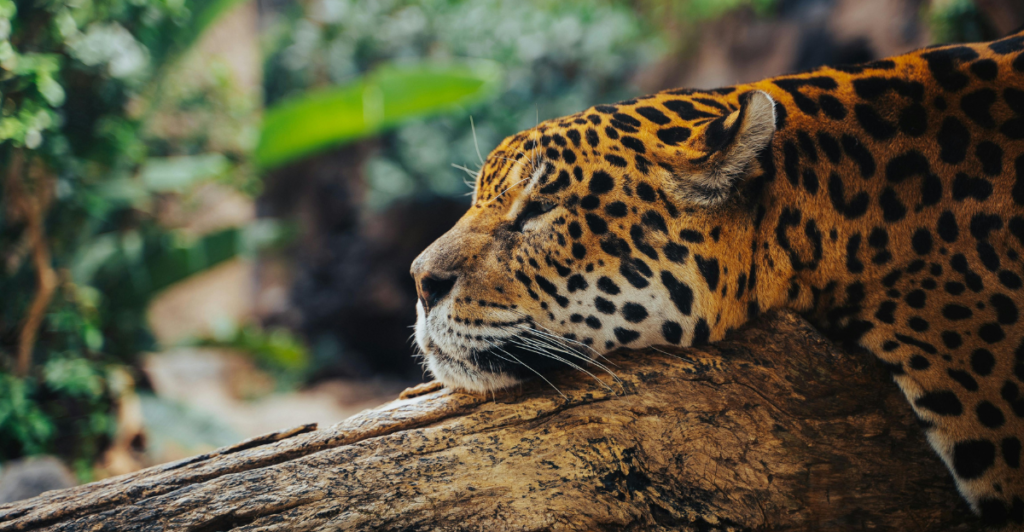
These cats are indigenous to the Americas and they are impressive creatures. They have one of the strongest bites which allows them to penetrate thick skulls. Their average weight varies around 300 pounds for bigger variants, but most lean towards smaller sizes. However, Jaguars have an amazing tail span of around 30 to 40 inches. They have a robust presence in tropical forests, especially in South and Central America. Their remarkable hunting ability and strong jaws allow them to hunt large prey, including caimans and deer.
4. Leopard (Panthera pardus)
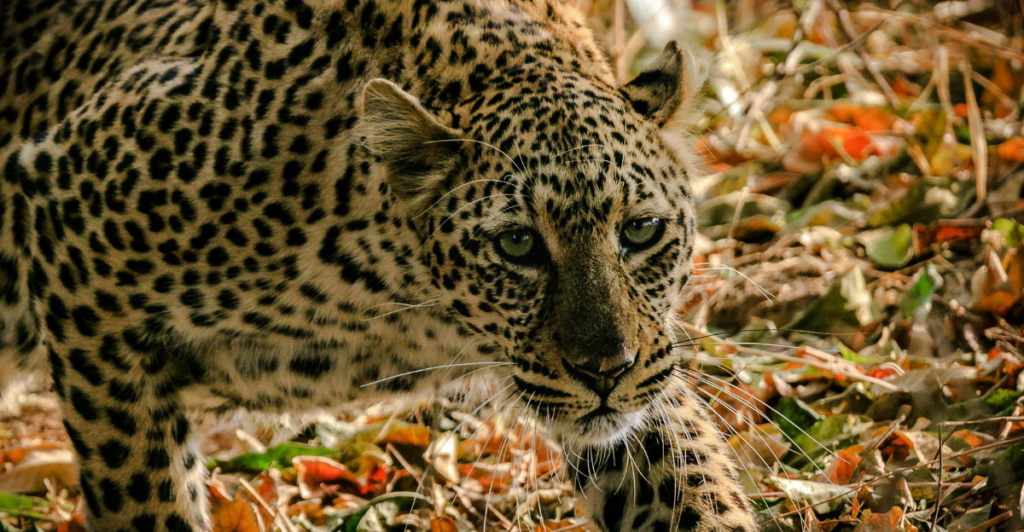
Leopards could possibly be the strongest, fittest, and stealthiest of all cats, weighing a pixel under 200 pounds and spanning over 80 inches thanks to their agile sleek build. Their habitat is scattered across the continent of Africa and some regions of Asia within dominant forests or savannahs. Climbing trees to safeguard their prey from scavengers is one of the leopards’ differentiating traits, alongside being remarkably adaptable to numerous environments.
5. Puma (Puma concolor)
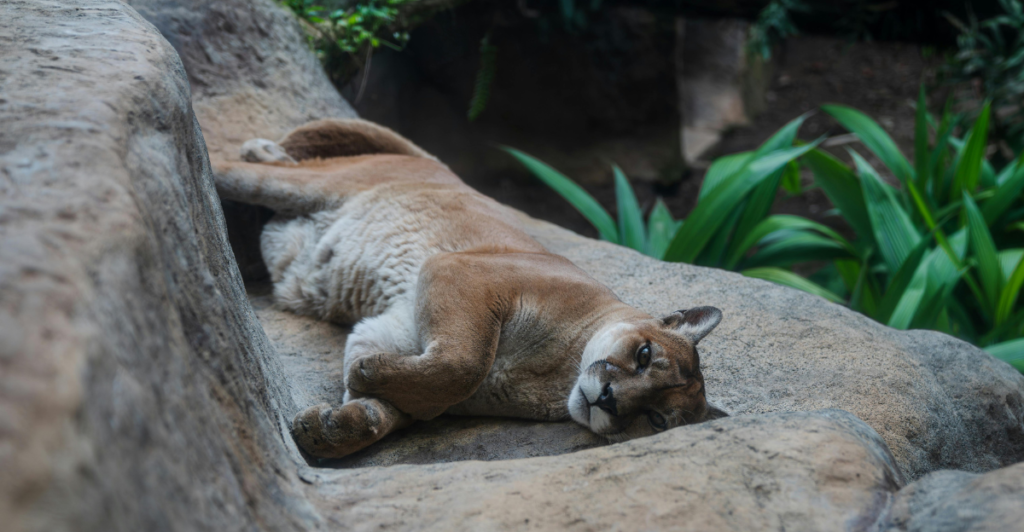
Also known as mountain lions or cougars, pumas are capable of reaching up to 175 pounds in weight. Their long, lean bodies can stretch up to 8 feet from head to tail. Pumas are found in North and South America, from Canada to Patagonia. Possessing a very low weight-to-length ratio, they are capable of hunting a wide variety of prey – from ungulates all the way to small mammals, making them apt survivors of their environment.
6. Cheetah (Acinonyx jubatus)
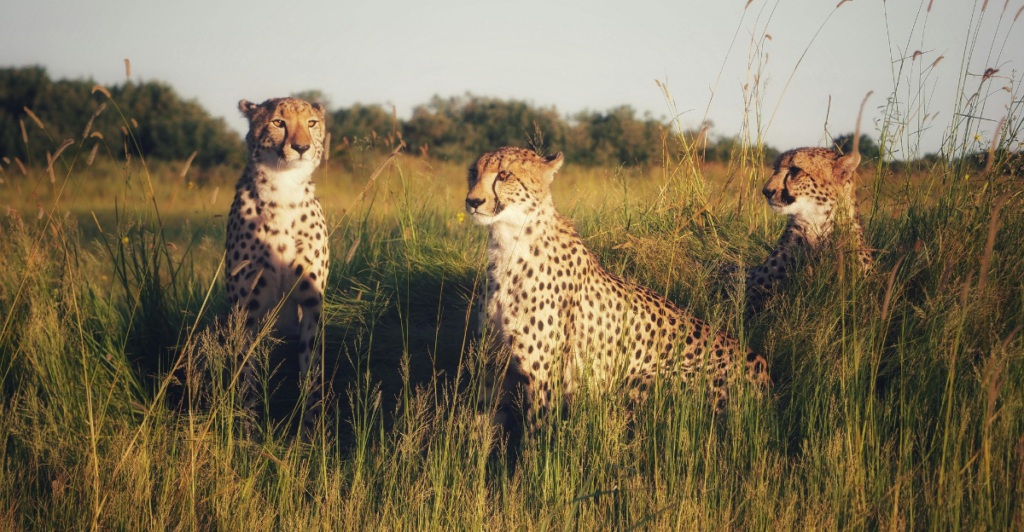
They are known as the fastest land animals as no other compares in terms of speed. But they are not the largest of big cats, weighing 145 pounds. Their body length ranges from 48 inches while their tail’s length is an extra 30 inches. Their hunting range includes Africa and the Middle East. Their bodies are designed for speed and acceleration which makes them the fastest sprinters out of all animals in the animal kingdom.
7. Snow Leopard (Panthera uncia)
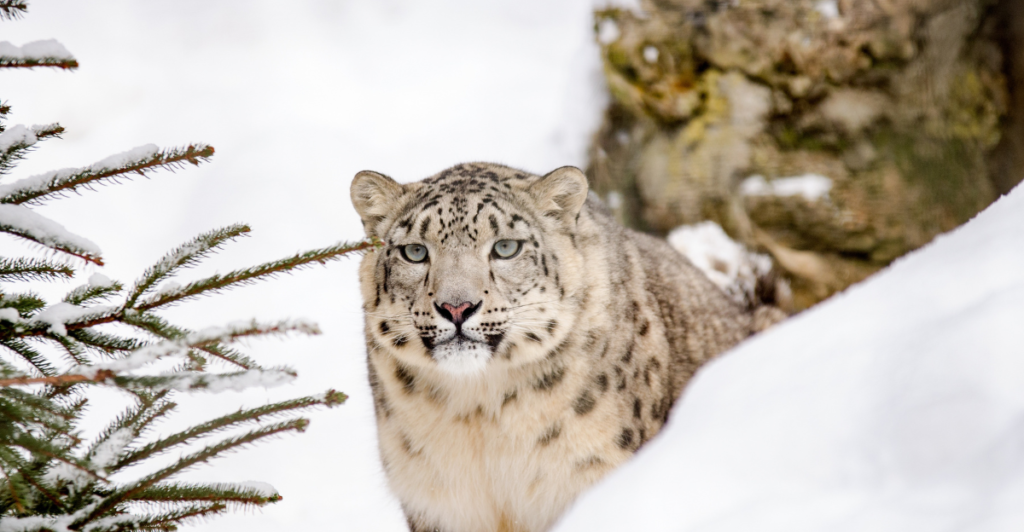
Snow leopards, found in the mountainous regions of Central Asia, can weigh up to 110 pounds. These elusive cats have a body length of 45 to 60 inches, with a tail that can reach 36 inches. Snow leopards are known for their thick, spotted coats that provide camouflage in their snow-covered habitats. Despite their size, they are expert climbers and often live at high altitudes, making them difficult to spot. Snow leopards are currently vulnerable, with their population in decline due to poaching and habitat loss.
8. Eurasian Lynx (Lynx lynx)
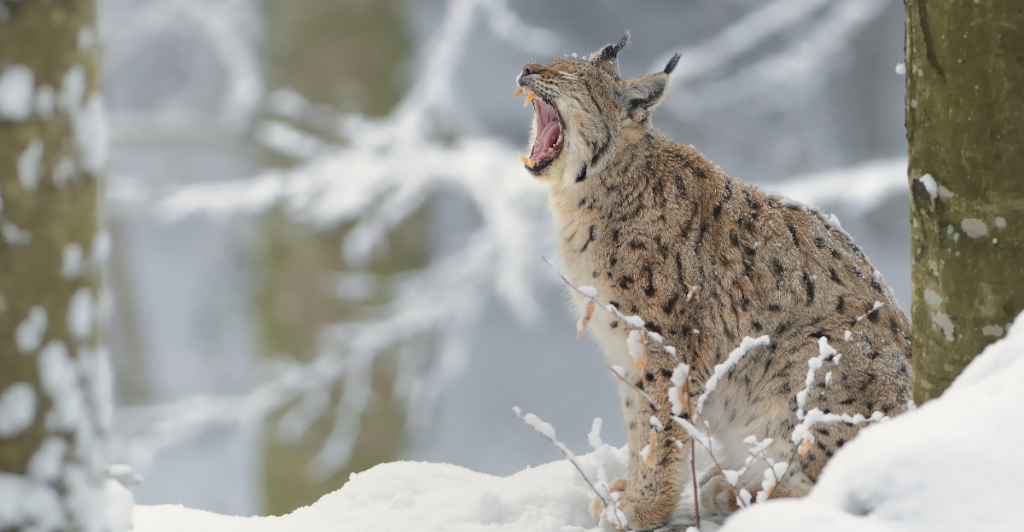
The Eurasian lynx, the largest species of lynx, weighs up to 55 pounds. These cats have a body length ranging from 35 to 51 inches, and their tails are around 8 to 15 inches long. Found across Europe and parts of Asia, Eurasian lynxes are solitary hunters, often stalking their prey through dense forests. They have tufts of hair on their ears and a short, stubby tail, which makes them easily recognizable. Their hunting skills are sharp, primarily targeting roe deer, hares, and small mammals.
9. Sunda Clouded Leopard (Neofelis diardi)
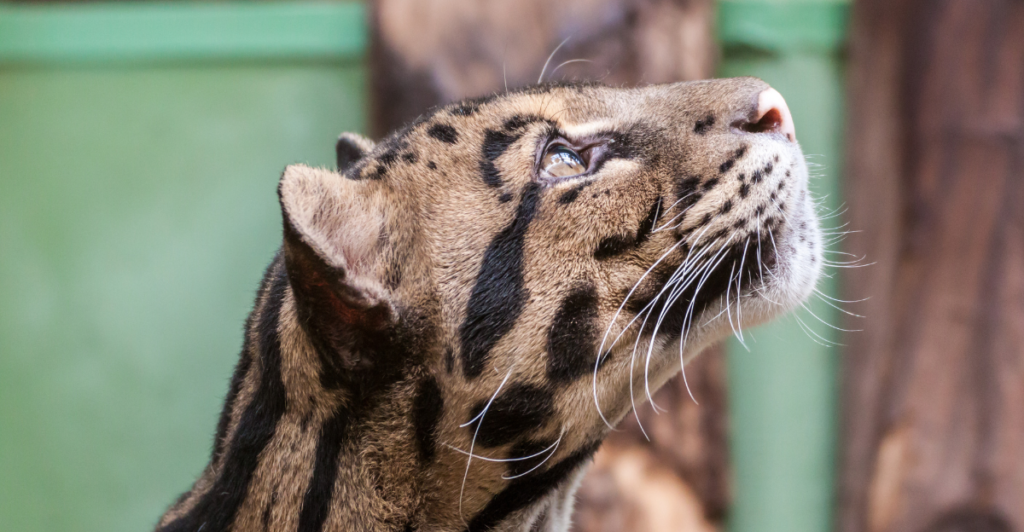
The Sunda clouded leopard is smaller than its mainland counterpart but still a significant predator. Weighing up to 55 pounds, these cats have a body length of 42 to 52 inches, with a tail that can reach up to 32 inches. Native to the islands of Borneo and Sumatra, Sunda clouded leopards are arboreal, spending much of their time in the trees. Their cloud-like coat pattern helps them blend into their rainforest environment, where they hunt small mammals and birds.
10. Mainland Clouded Leopard (Neofelis nebulosa)
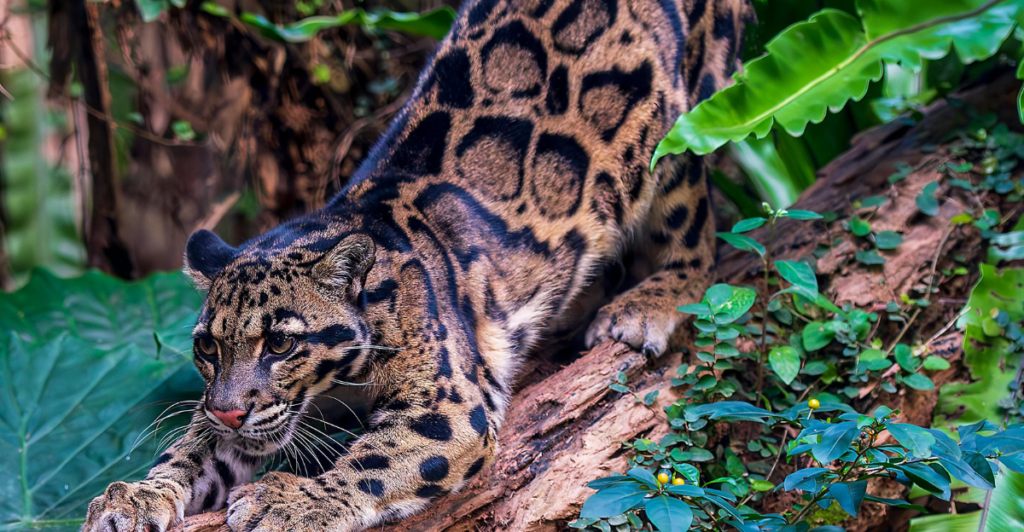
Slightly lighter than their Sunda cousins, mainland clouded leopards can weigh up to 50 pounds. With a body length of 40 to 50 inches, they are agile and elusive. These leopards are found in Southeast Asia, inhabiting rainforests, where their tree-climbing abilities give them an edge over ground-based predators. Their cloud-like spots help them hide in the dappled sunlight of the forest canopy. Although their population is threatened due to habitat loss and poaching, they remain one of the most unique-looking wild cats.
Wild Cat Behavior and Hunting
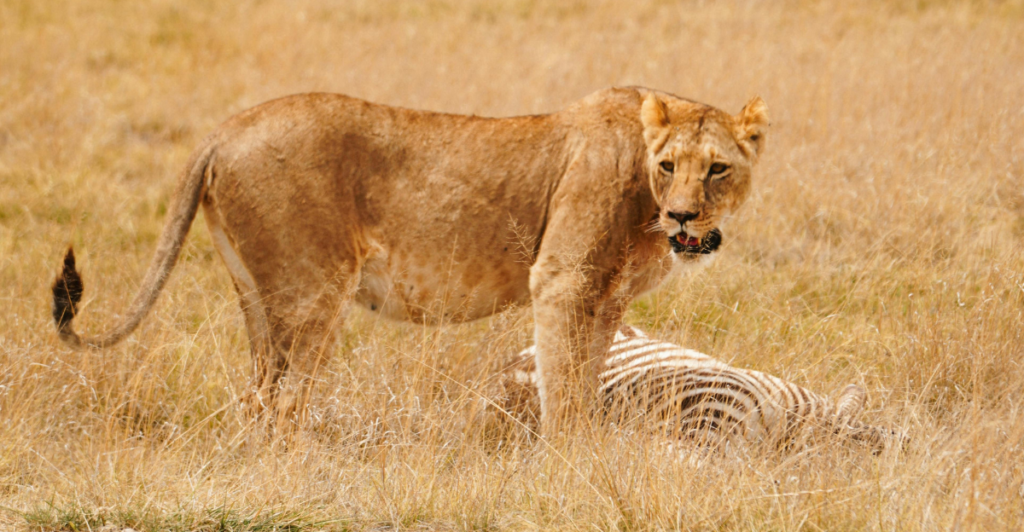
Big cats, though diverse in size, share remarkable hunting instincts. They are apex predators, relying on stealth, strength, or speed. While some cats hunt alone, like the puma, others, like lions, are social hunters. This adaptability allows them to survive in varied ecosystems.
The Role of Habitat in Size Variation
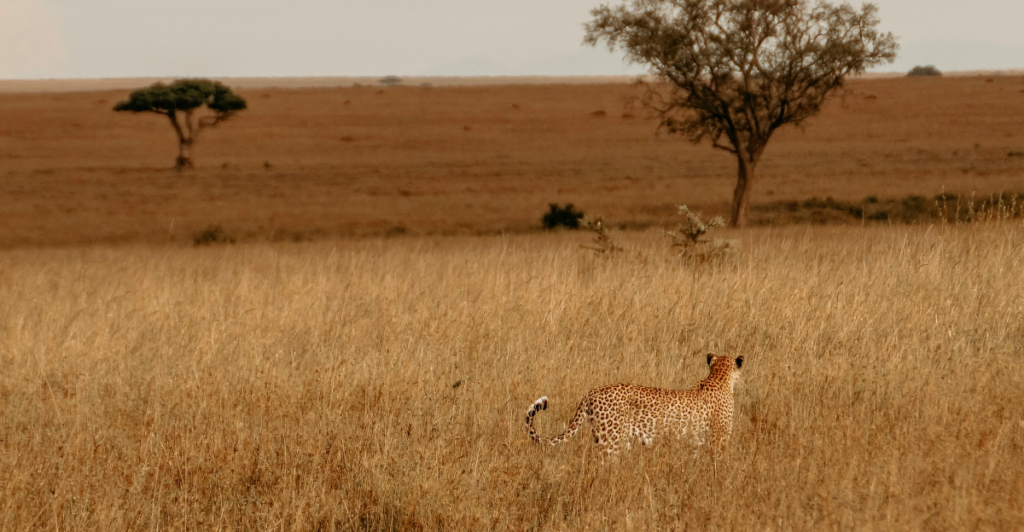
The size of wild cats often varies by habitat and prey availability. Larger cats tend to thrive in areas where larger prey is abundant. For example, tigers are found in forested areas, while cheetahs prefer open savannas. Their size allows them to dominate their respective environments and secure food.
The Conservation Challenges
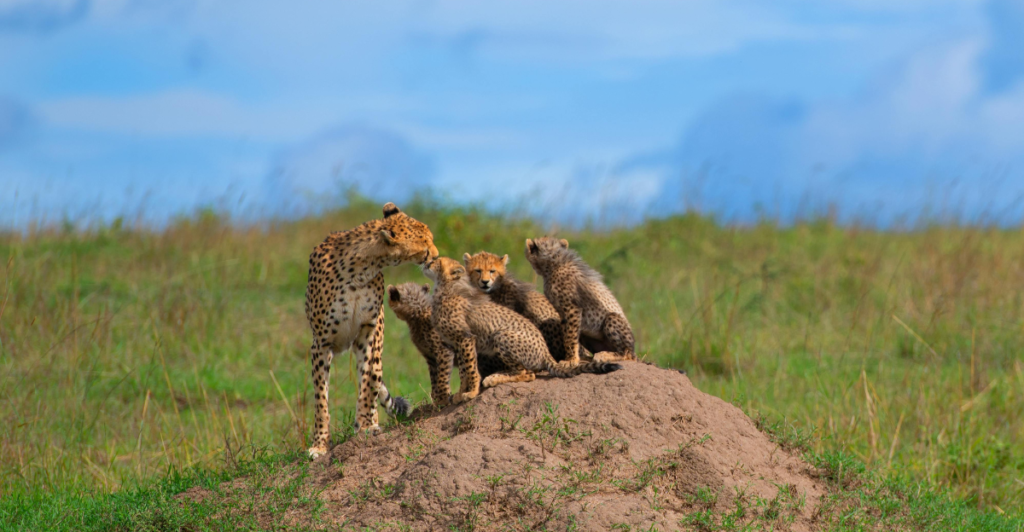
Many of the world’s biggest wild cats face conservation challenges. Habitat loss, poaching, and human-wildlife conflict threaten their survival. Efforts are underway to protect their habitats, but without sustained conservation efforts, these majestic animals face the risk of extinction.
Discover more of our trending stories and follow us to keep them appearing in your feed

Meet the Massive Crocodiles That Make Their Homes 40 Feet Underground
11 Strongest Animals On Earth and Where to Find Them
Bobcats Are Making a Comeback—And They Might Be Protecting Us From Disease
Top 10 Most Dangerous Animals in the World and Where to Find Them
Stay connected with us for more stories like this! Follow us to get the latest updates or hit the Follow button at the top of this article, and let us know what you think by leaving your feedback below. We’d love to hear from you!







